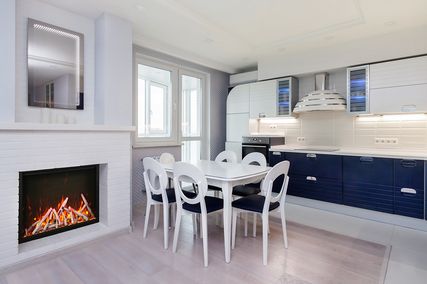Architecture, as a discipline, needs to stop fetishizing “the house” and to start exploring housing in all its cultural and social complexity.
The house plays a particularly important role in the Australian architectural imagination – it is where many practices start out; it is often understood as a site of experiment, a place where architectural ideas might be explored before they are carried into larger projects; and the house is the building type that meshes best with a certain rather romanticized view of what Australian architecture really is – beautifully crafted buildings, preferably located in stunning bush or beach settings (or at least photographed as if they might be). Indeed, the house is something of a lightning rod for debates about what constitutes Australian architecture – there often seems to be more at stake in differing perceptions of the house than in other building types.
The house also has a very important place in the public imagination, but here it takes a different role.
Many Australians continue to aspire to own their own house, despite increasing issues of affordability, and for many Australians a house still means a “home” – although this is rapidly changing as more and more Australians see domestic property as a financial investment as much, or more than, an emotional one.
Nonetheless, for better or worse, houses are still the places where most Australian children learn to become adults – more than any other building type, it is the setting for the reinscription of conventional modes of sociality. The house is still “home”.
Indeed, it is this slipperiness between ideas of “house” and ideas of “home” that has invested the house with meaning, in both architectural and popular culture, that would not adhere so easily to any other building type. In both cultures this is an outcome of particular historical, social and economic circumstances. However, there is not as much interaction between architecture, housing and contemporary culture as one might expect.
While the structures of families have shifted over time and vary widely between cultures, these changes are often ignored both by architecture (when operating in the house-as-site-of-formal-experiment paradigm) and by the builders of volume housing.
Which brings us to “housing”, the subject of this issue of Architecture Australia. This is not concerned with the exquisite, one-off, architect-designed, single-family houses that populate so many architectural, design and lifestyle magazines. Instead, the issue collects a number of explorations around the theme of “housing” – the provision of domestic accommodation on a larger scale. The projects presented are varied – in location, in budget, in brief, in inhabitants’ social circumstances – but in some ways this issue of the magazine also still dances around the most difficult question, “How might architects be more involved in general housing?” This is addressed in a number of position pieces, and many suggestions are made about how the profession might proceed, but in terms of projects we are still looking for, say, a strong medium-density suburban housing development aimed at middle-income buyers. I hope this issue of Architecture Australia will help draw such work to our attention for future issues.
What is clear, particularly from the work of Dr Shane Murray and his colleagues, is that architecture has much to offer – there is much knowledge embedded within the discipline. The issue, as Shane points out, is how the profession might actively draw on this knowledge and find ways to usefully communicate it to the wider housing industry. To do this architecture, as a discipline, will need to stop fetishizing “the house” and to start exploring housing in all its cultural and social complexity. There is a strong sense that many architects are once again looking to engage with these issues, and we look forward to bringing more of this work to our readers via the pages of Architecture Australia.
Justine Clark, editor Architecture Australia.















